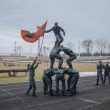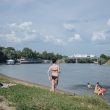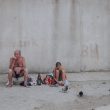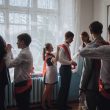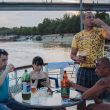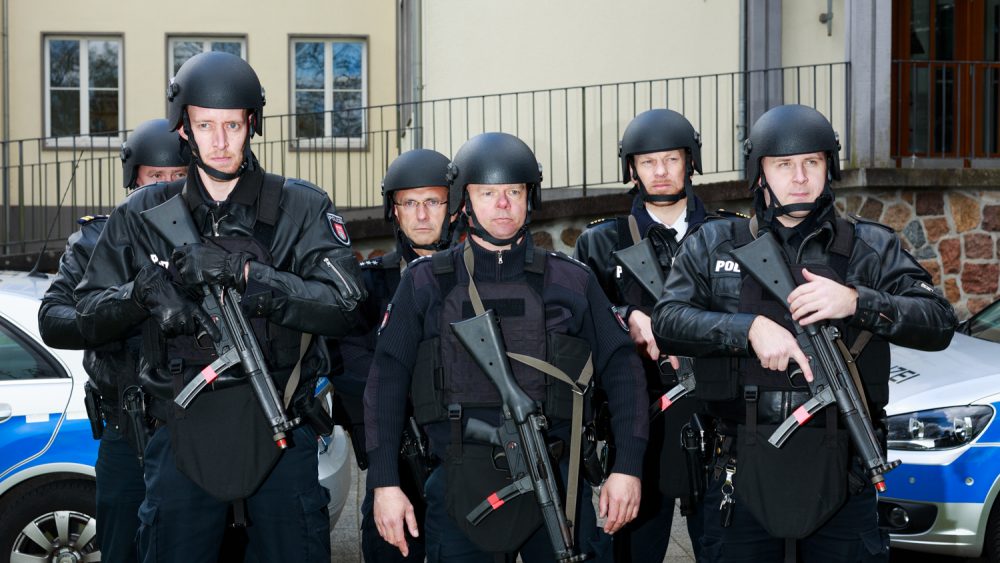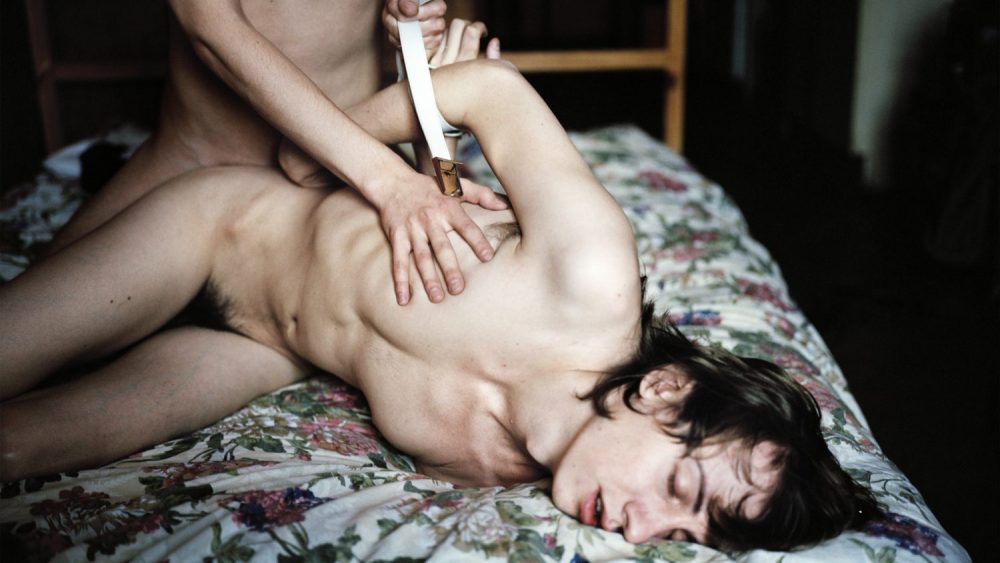Transnistria Conglomerate
As the Soviet Union broke up, Moldova became an independent state, but the small section known as Transnistria, where Russian is the dominant language and pro-Russian sentiment prevails, sought to break away. In 1992 Moldova as independent state decided to return Transnistria and started a military conflict. A conflict was stopped by Russia, entering in a region troops and creating a peacemaking mission.
Despite its non-recognition, now Transnistria is a presidential republic, has its legislative and executive authority, the state border and army, own constitution, flag, emblem and anthem. The citizens of Transnistria has its own currency and passports, although nowhere except in Transnistria are not valid. For the past twenty-four years the people of Transnistria, a region spanning approximately 125 by twenty miles, have lived in a frozen state, members of a country that, for the rest of the world, does not exist. During this time, the new generation was formed and I belong to it.
We grew up in a melting pot of Moldovan, Ukrainian and Russian influence, and dont separate based on ethnic affiliation. We remain a conglomerate of cultures, yet also a culture all our own.
Many western photographers and journalists visiting Transnistria often show the country as a museum of Soviet symbols, focusing on the pro-Russian icons and statues of Lenin. Instead, I wanted to show Transnistria from the point of view of a person for whom this territory has always been a motherland.
Anton Polyakov (1990) is a freelance photographer based in Transnistria. He has graduated from high school of Tiraspol and then state University of Transnistria majoring in Geography.

